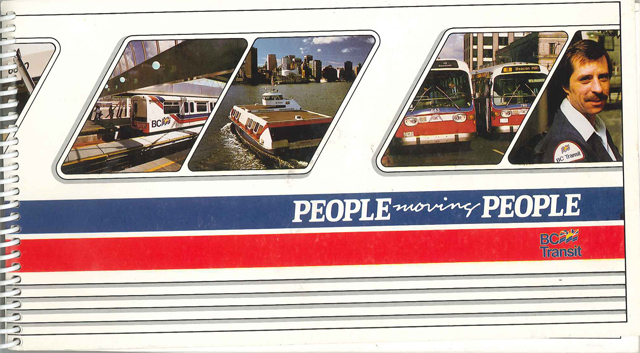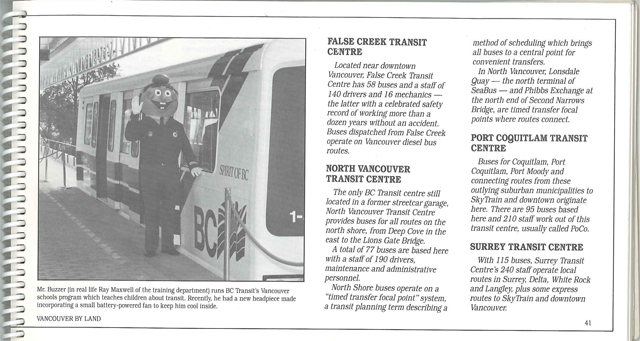Links & tidbits for October 3, 2012
Links & tidbits for October 3, 2012
http://www.youtube.com/watch?feature=player_embedded&v=boiQKDHq7nk
Here’s a local video that can only be described as cute and enthusiastic!
Links and tidbits is our semi-regular roundup of interesting tidbits and links about transportation from the last week or so. If you have links to contribute, put them in the comments, or email us!
We first saw this video of a public bus depicted as a car commercial on Gordon Price’s blog. There’s a reason why it’s become so viral: It’s awesome! Click “CC” for subtitles.
- The latest trend in transit system maps as art is to look at them as technology. Here’s the London Tube as a circuit board. Thanks to Translinked for the link.
- Also from Translinked, check out these fantastic BC Electric ads from the mid-twentieth century. Gotta love that era of graphic design!
- Here’s a great looking SkyTrain station drawings courtesy of Illustrated Vancouver.
- Big Silicon Valley companies like Google and Yahoo have their own private transportation network. Some clever people have taken it upon themselves to map them.
- Buzzer reader Eugene sent this wonderful link of what bus stops could look like if they were a little more relaxed. Thanks Eugene!
- Toronto’s chief planner says developers could help fund transit expansion in that city.
- Speaking of Toronto, it looks like Metrolinx and the TTC have come to an agreement to build more light rail.
This video features TransLink’s Jeff Busby and Geoff Cross speaking about the service we provide and our plans for the future of transit. The mission of Get on Board BC is, “…to obtain improved funding mechanisms for public transit in Metro Vancouver by raising the issue’s profile among the public, media and decision makers.”
Blog reader Max Gardiner had us in his thoughts when he visited a bookstore and picked up this piece of transit history. Published in 1987 when we were BC Transit, People Moving People provides a short history of our system and an overview of the SkyTrain, buses, SeaBus as well as transit in other areas of the province.








Toronto’s idea of developers helping to fund transit isn’t a bad idea. It wouldn’t work for operating costs as you’d never know from one year to the next how much money would be coming in, but it could help fund infrastructure upgrades.
For example, a developer within X distance of a transit hub (skytrain station or bus loop) would pay X percentage of the worth of their project towards upgrading hubs, starting with the ones closest to their development, and then fanning out if the closest ones have already been upgraded.